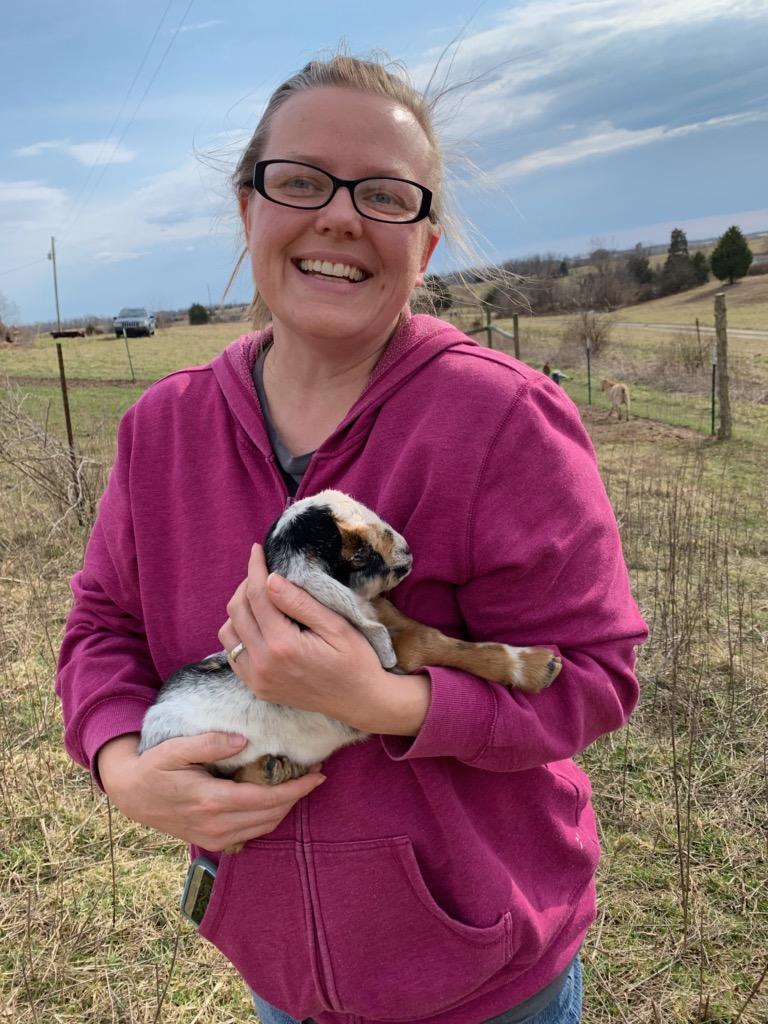
The garden has been overtaken by weeds. The ragweed is nearly twelve feet tall and has stems so thick they can't be cut with the weed eater, and need to be manually removed before they start dropping seeds. The squash vines are dead, the cucumbers are buried alive, and who knows what state the potatoes are in - they haven't been seen in weeks.

In the greenhouse, under domes of cloth, cabbages and rutabaga have been growing unsupervised for nearly a month. They weren't watered, weeded, or fussed over in all that time. I was afraid to lift the cloth and see what was happening under there.

But look, the rutabaga are growing! I didn't get very many of the seeds to germinate, probably because it was hard to keep the soil moist under that hot greenhouse plastic, but once there were plants a few inches tall, I assembled the hoops and tucked them in. They might actually make a rutabaga!
The cabbages were planted early, and were plagued by caterpillars before I managed to erect some homemade hoops from sticks and cover them with cloth. I was fearful that they would be ruined.
They had lots of bug bites on the outer leaves, and a few seemed munched by rabbits, but once I peeled the chewed parts away, I was left with a whole basket of little cabbage heads!
After I harvested the cabbage, I pulled up all the weeds, sticks, and cloth, and now have a nice place for another crop. I'm encouraged by the cloth covering. I think if I put it on before the bugs lay their eggs, I might be able to grow a bigger cabbage head next time.
A few years ago I met a man named John, who showed me photos of his green bean plants. They were beautiful! He had a whole wall of lush green plants and shelves of canned beans. I've had his green beans in my mind for a long time, and this year I think I may have a trellis and harvest to rival John's.
I've picked baskets of green beans. Last night I made a meat loaf and surrounded it with green beans and onions and baked it all together. The beans cooked in the juices from the meat and were so delicious. We've saved all the dripping from baked chicken and baked green beans in it too. So good!
In addition to the trellis in the garden fence, which is sixteen feet long, I planted beans inside a ring of tomato cages. The beans flourished. The goats realized they could climb on the cages and knock them over to get the tender vines on the top. They gorge themselves, crush the cages, and make a mess of the vines. I was half glad to think I wouldn't have to pick any more beans!
Brandon helped me pound in some fence posts to prop the cages back up, and I crawled around inside the ring of beans and picked another giant basket full. I don't think the goats ate enough to hurt the vines at all, and there are plenty of tiny beans still on the vines.
Picking the beans is the easy part. The tedious part is pulling all the strings.
In years past, I've frozen green beans, and they are handy for soups and stews. This year I cleaned up the food dehydrator and have been drying the beans. They shrink so much it seems hard to believe it took hours of breaking beans to fill all the trays only to have a few quart bags. Brandon's mom made the best beans from dried white half runner beans. I hope my beans will be half as tasty as her shuck beans. We'll see!










































































